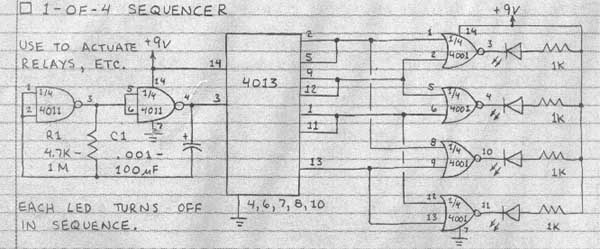Please keep in mind that there is a budget to such activities and I believe that includes most of the people reading this. So the following is a crude design, very crude.. First you need to get yourself one of those 2.4 GHz Audio/Video receivers by Wavecom or some other brand name such as the Radio Shack model to the right. I purchased this one as a combo unit for $50 (it was a discontinued model, # 15-1971) so getting one cheap is possible. The average price is $100 for a combo unit of a transmitter/receiver so watch it that you don't get too burned when buying one, especially on the net. Be sure it's a 4 channel model. All we need though is the receiver for this application, duh obviously, so if you want to save money just get the receiver. Now on to the real project... Since I modified the above mentioned model this will be the example used here. Of course other models may vary in their channel switching methods internally, but I really don't think there will be a difference. If so, then you'll have to figure it out, it's not that hard... Inside you will have a four position switch. On this switch there will be two |
|





